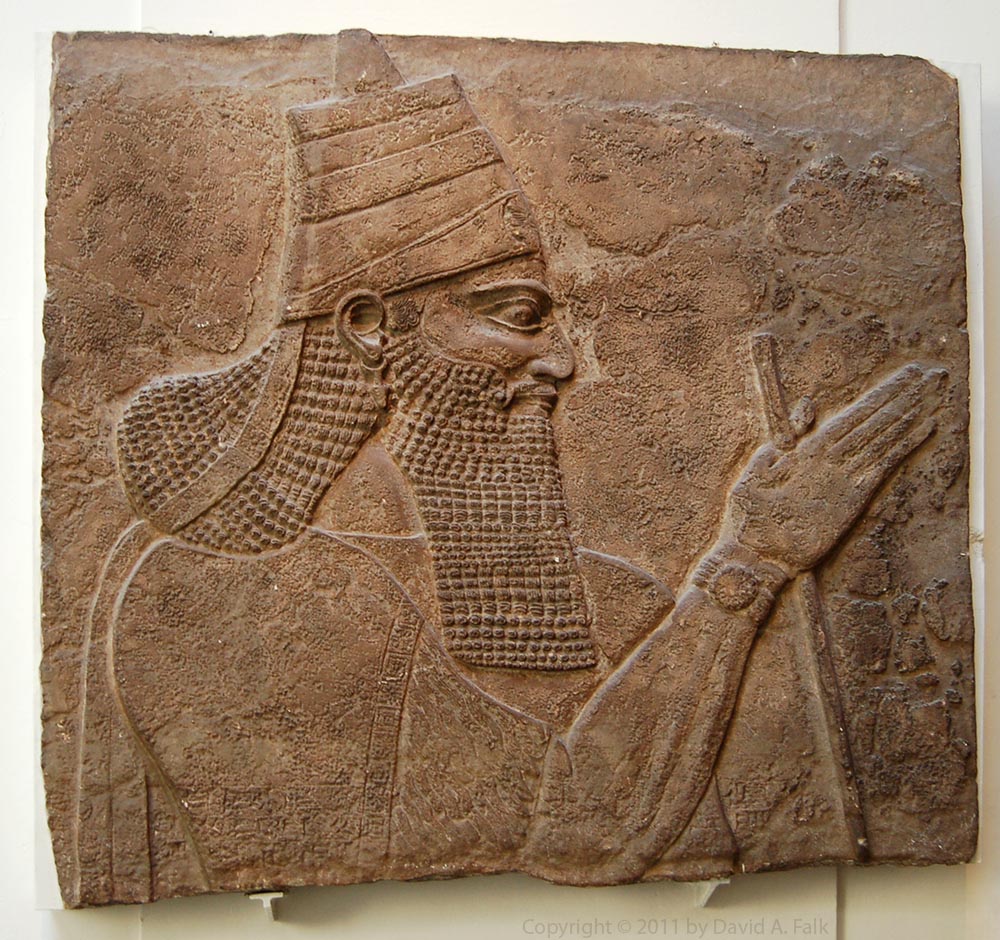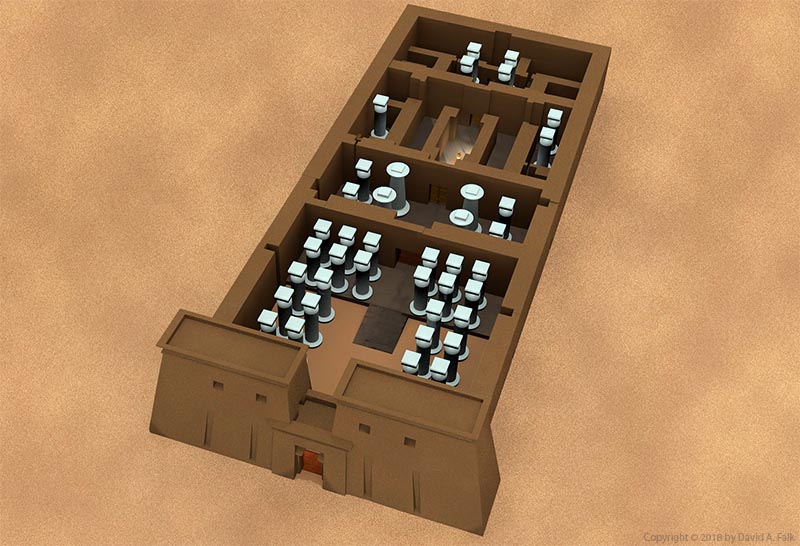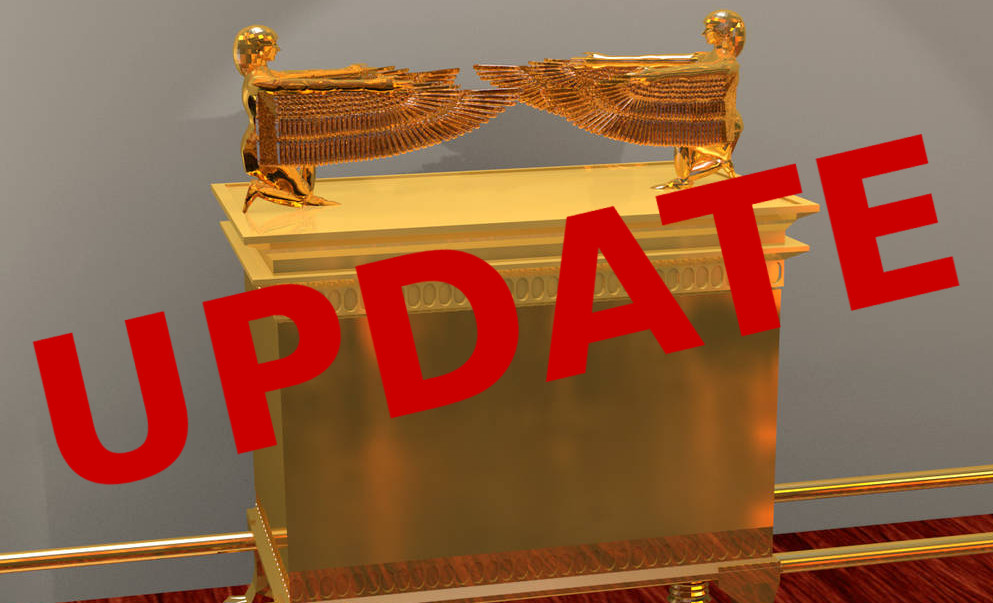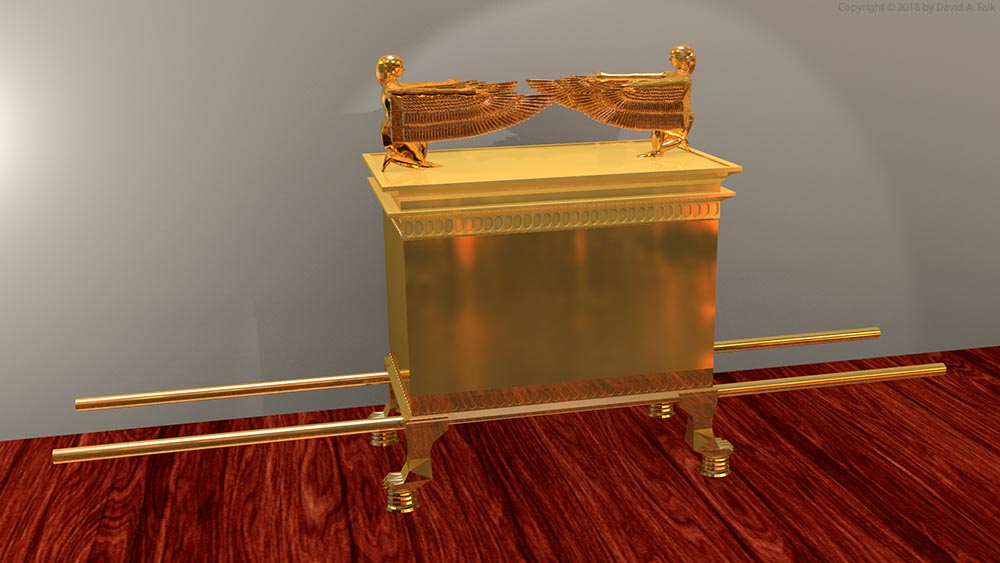For today’s blog, we are going to discuss the messianic prophecy in Isaiah 7:14-16:
Therefore the Lord himself will give you a sign. “Look, a virgin will be with child and bear a son, and she will be call His name Immanuel. He will eat curds and honey at the time He knows enough to refuse evil and choose good, the land whose two kings you dread will be forsaken.”
Pastors often quote this prophecy during the Christmas season as a foretelling of the coming of Christ. This is no coincidence since Isaiah links chapter 7 to the text in chapter 9.
“For a child will be born to us, a son will be given to us. And the government will rest on His shoulders. And His name will be called Wonderful Counselor, Mighty God, Eternal Father, Prince of Peace. There will be no end to the increase of His government or of peace, on the throne of David and over his kingdom, to establish it and to uphold it with justice and righteousness from then on and forevermore.” (Isa 9:6-7)
Many people are familiar with this prophecy with respect to the New Testament. Few however are familiar with the historical context of this passage. The events of Isaiah 7-9 take place during the Syro-Ephriamite War. The prophet Isaiah wrote in the days of king Ahaz (ca. 732-716 BC) of Judah. Ahaz was a king in trouble. He was facing a potential invasion from an alliance between Pekah king of Israel and Rezin king of Aram.
In response to the impending invasion, Isaiah tells Ahaz to do nothing except believe the Lord’s word (Isa 7:9). And as sign that his word comes from the Lord, a virgin was to conceive a son. If the result were to be favorable, the Lord would name the son Immanuel, which means “God with us.”
However, Ahaz didn’t listen to the prophet. Ahaz sent an envoy to Tiglath-Pileser III king of a Assyria. He sent all the gold that he could to put pressure on Pekah and Rezim to withdraw (2 Kings 16:7-9).
While the meaning of “virgin” is uncertain in its original context, Isaiah visits the “virgin” who happened to be a prophetess. She gives birth. But instead of the favorable sign, the Lord names the child Maher-shalal-hash-baz (Isa 8:3).
“For before the boy knows how to cry out ‘my father’ or ‘my mother,’ the wealth of Damascus and the spoil of Samaria will be carried away before the king of Assyria” (Isa 8:4).
While this might sound a positive outcome for Ahaz on the surface, it was a condemnation of Ahaz’s precipitous actions.
Look, the Lord is about to bring on them the strong and abundant waters of the Euphrates… then it will sweep on into the Judah (Isa 8:7-8).
Tiglath-Pileser III was probably planning on putting pressure on Pekah and Rezim anyway. But now, the Assyrians, whetted with a taste for gold, believed they could invade Canaan to fund their ever expanding empire. Ahaz’s act of faithlessness sets into motion a course of events that ultimately led to the destruction of the kingdoms of Israel and Judah (2 Chr 28:16-22).
Despite the historical context of this passage, we must remember that Israelite prophecy is a form of amphiboly. Amphiboly is a literary device where an author writes about two things at the same time. It is a form compressed language. Amphiboly was very common in Egyptian writing where a writer could leverage the pictorial and homonymic aspects of the language to refer to multiple things at the same time.
Israelite prophecy was no different. The prophets could discuss current events as one aspect of their writing. This could make plain the understanding of complex times for a living audience. And at the same time, a prophet could allude to something in the future which would have meaning to some future generation. Writing for this effect was not an accident; it is a complex form of writing that took tremendous skill, not to mention foresight.
This is why at the end of this fiasco by king Ahaz we get a rejoinder in Isa 9:6-7 that doesn’t make a lot of sense to a strict historicist reading. The regional powers were about to subjugate Judah, but God was still sending a promised son. Isaiah injects a secondary reading into the text that was the real point he was trying to convey.
Despite Ahaz’s treachery and faithlessness, God is still faithful. A son called Immanuel would still come. But he was going to be more than a resolution to a local geopolitical dispute. He was going to be Immanuel–literally “God with us.” Merry Christmas.



